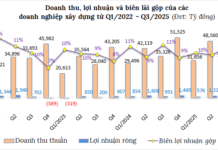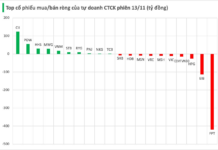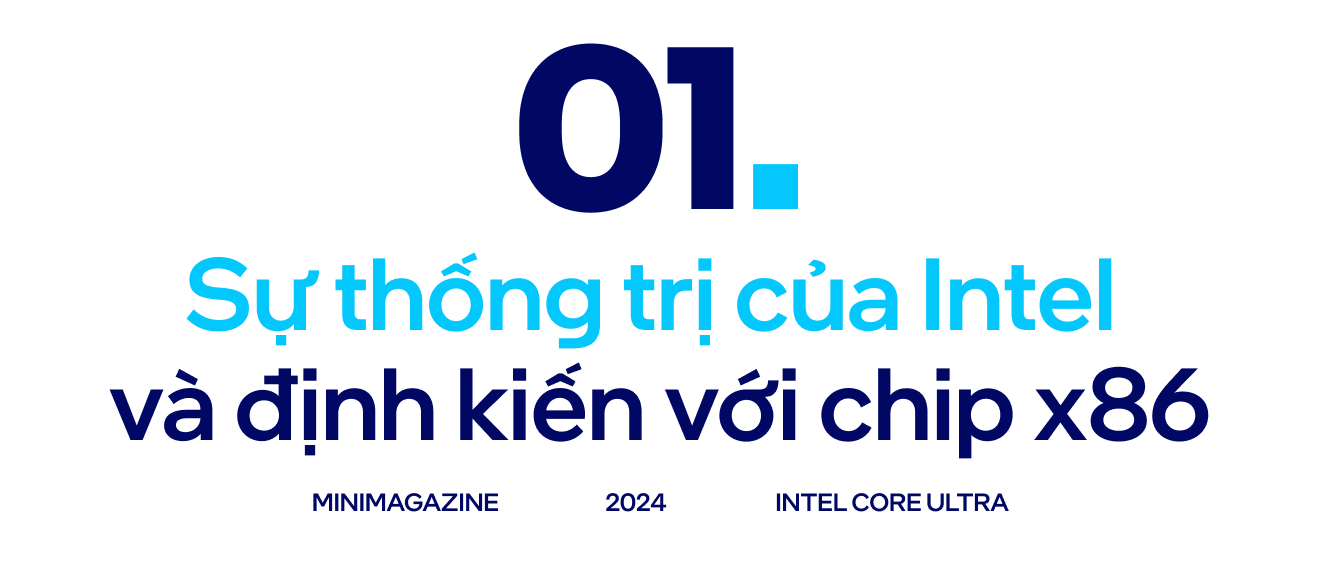
Intel has long been a major player in the world of processors, with its x86 architecture playing a pivotal role in the development of personal computers. The company’s previous generations of x86 chips, such as Pentium, Core i3, i5, and i7, set the standard for processing power, particularly in handling complex tasks for work and entertainment.
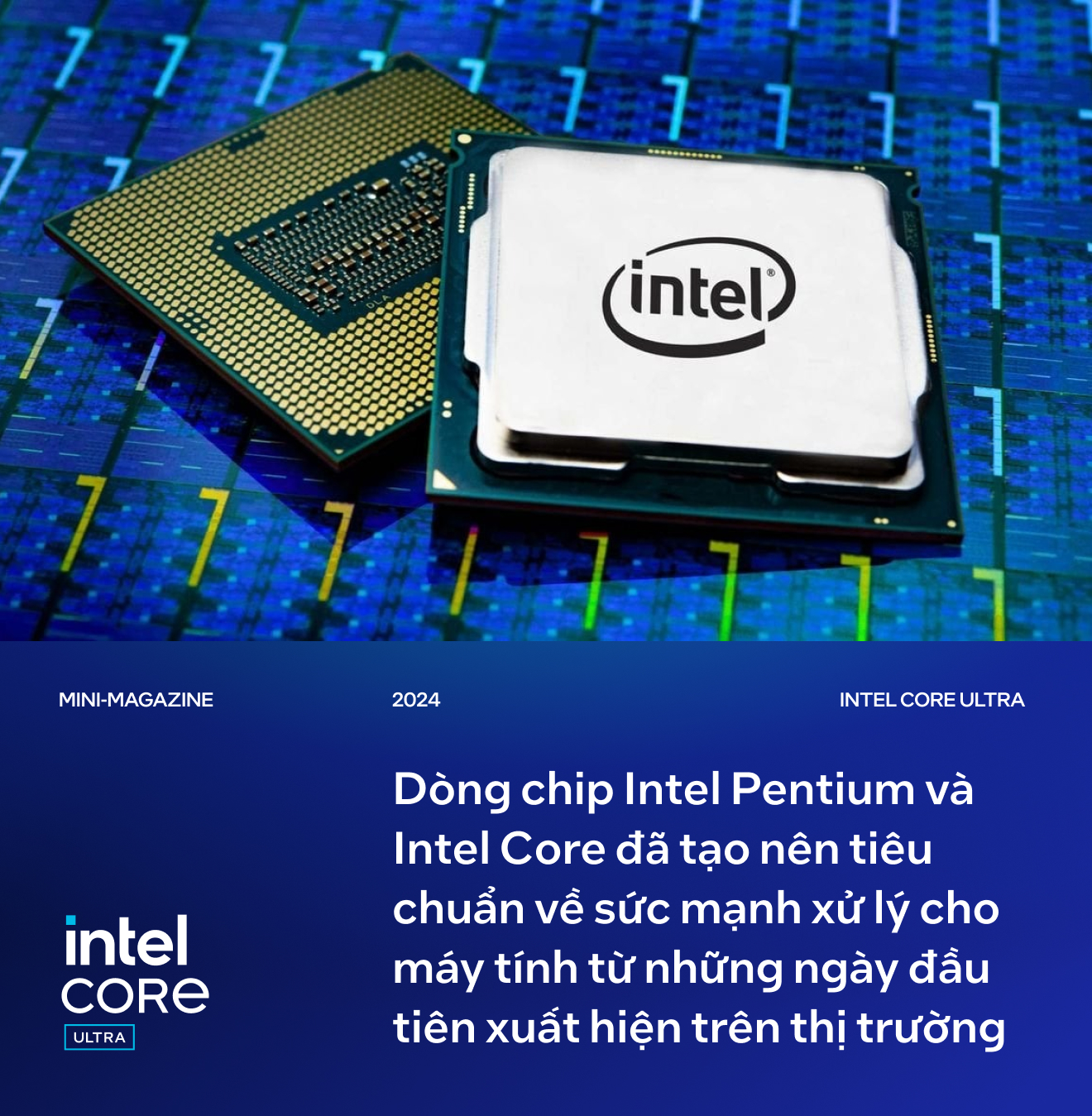
However, Intel’s x86 architecture has also been associated with the perception that these processors are not optimized for power efficiency, especially in mobile devices like laptops. This has led to concerns among users about short battery life, high operating temperatures, and a general misalignment with the growing preference for thin, light, and energy-efficient devices.
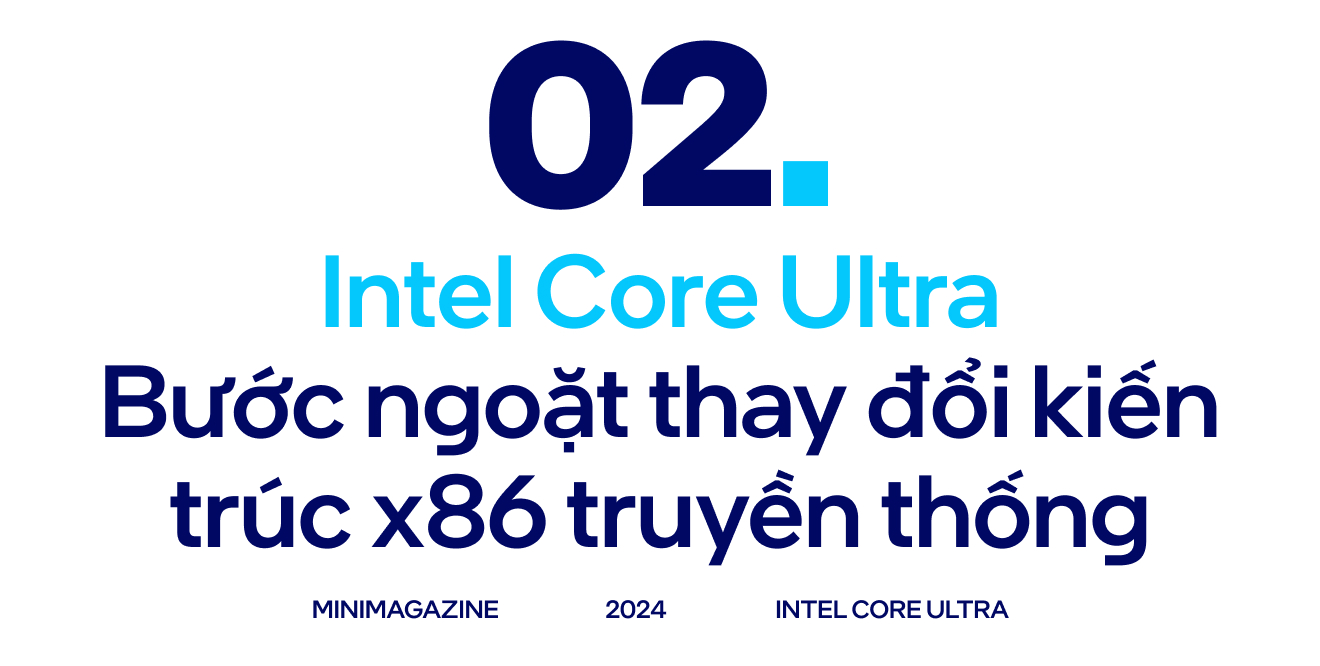
To meet the evolving demands of consumers, Intel embarked on a significant transformation in late 2023 with the introduction of the Intel Core Ultra Series 1 processors. This marked a substantial improvement as it focused not only on enhancing performance but also on addressing power consumption issues—a key concern for users in the mobile space.
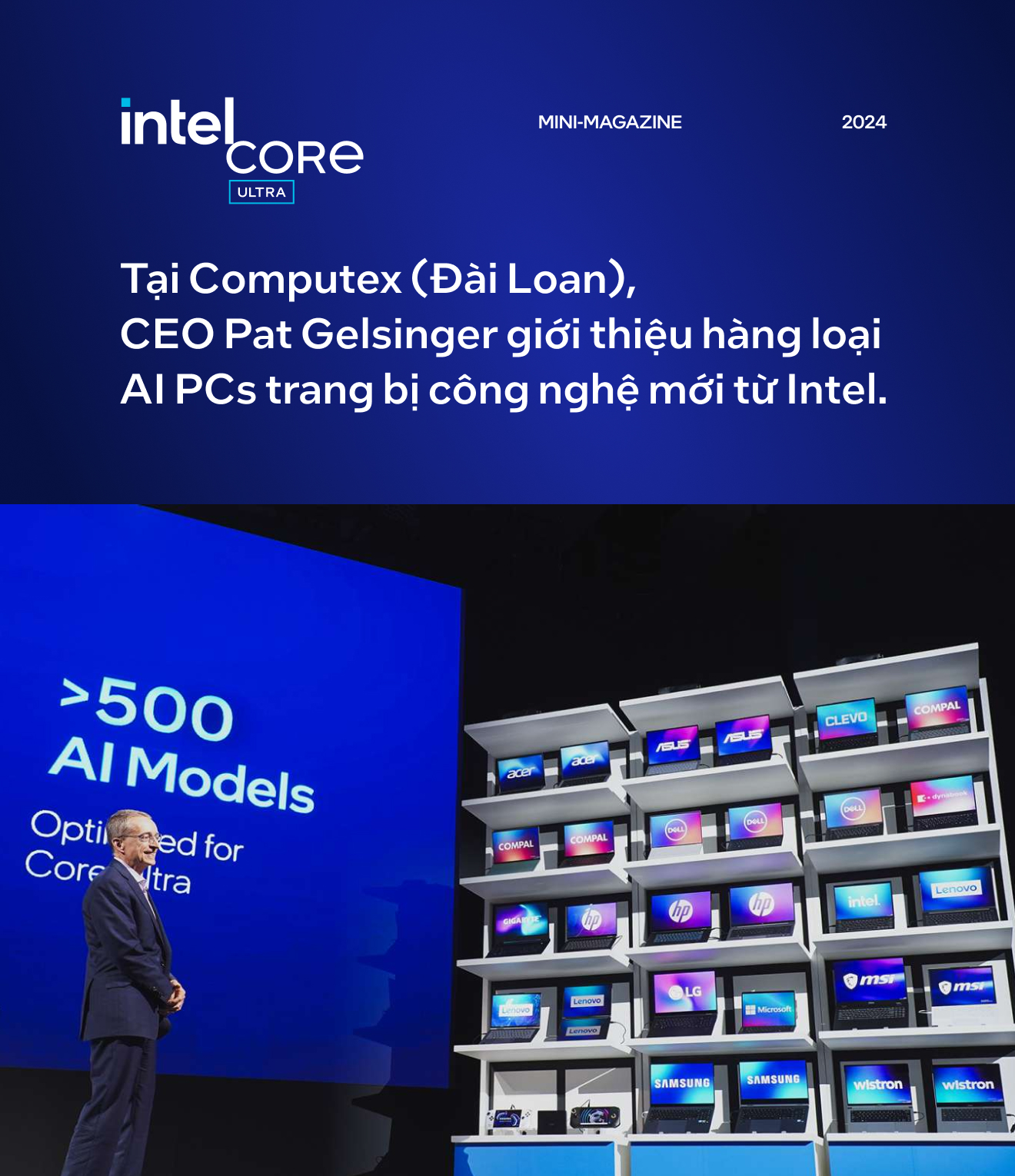
The Core Ultra line strikes a balance between delivering robust performance and energy efficiency. By utilizing high-performance (P-core) and energy-efficient (E-core) cores, laptops can now seamlessly handle demanding tasks while conserving power during lighter usage. Core Ultra is designed to maintain stable performance for everyday tasks such as word processing and photo editing without excessive power consumption. With impressive power-saving capabilities, the first Core Ultra series delivered noticeable improvements in battery life compared to previous x86 chips, enhancing its competitiveness against ARM-based chips known for their energy efficiency.
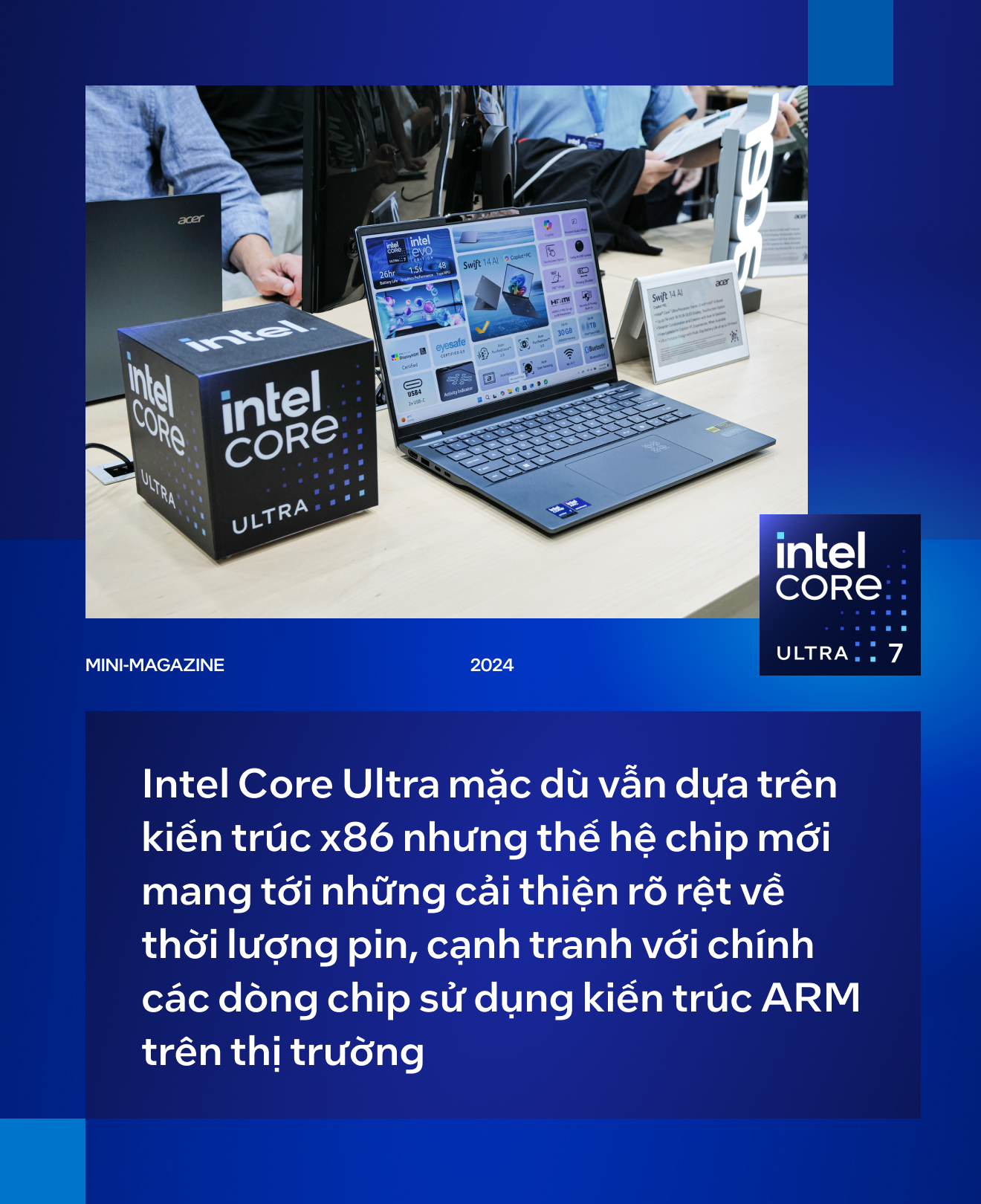
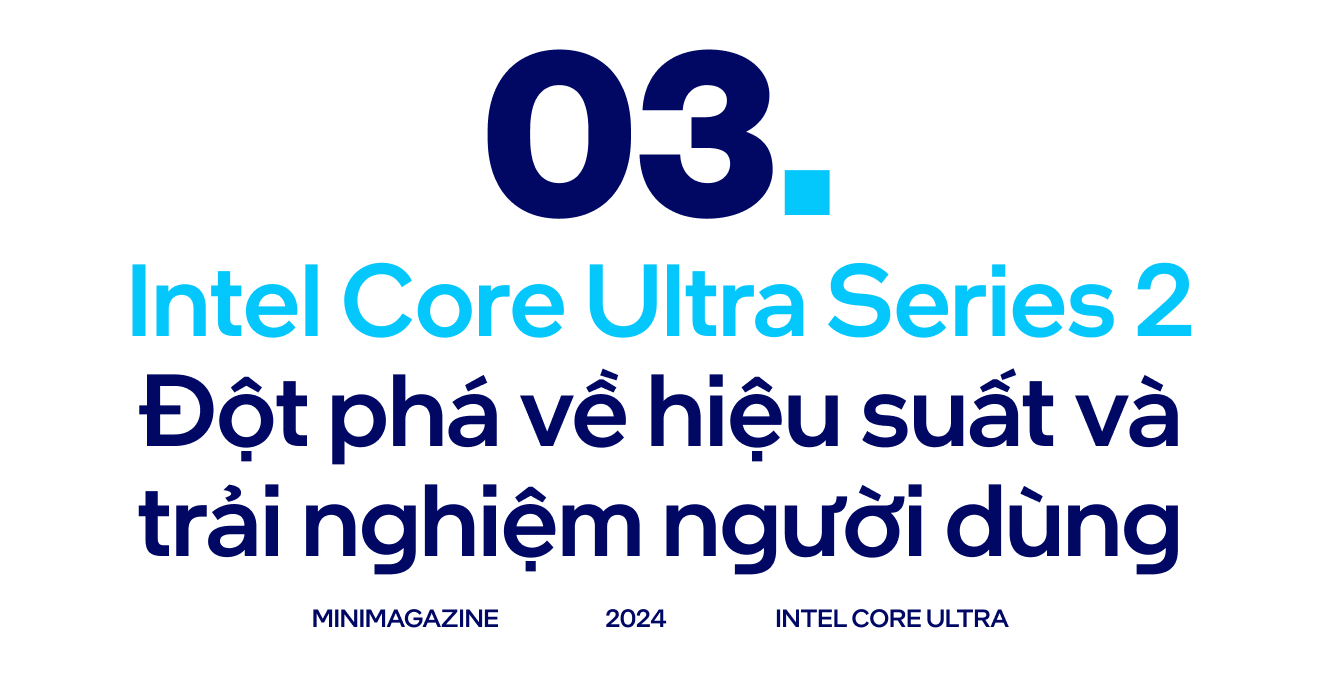
At IFA 2024, Intel unveiled its latest generation of processors—the Intel Core Ultra Series 2—reinforcing its commitment to continuous innovation. This new series integrates P-core (Lion Cove) and E-core (Skymont) technologies, coupled with cutting-edge AI processing capabilities, delivering up to 120 TOPS (across CPU, GPU, and NPU). This enables complex AI tasks and optimizes the overall user experience. Additionally, the Series 2 improves graphics performance through the Xe2 graphics microarchitecture and Intel Arc GPU 140V, supporting hardware-accelerated ray tracing for superior graphics in 3D applications and gaming on thin and light devices.
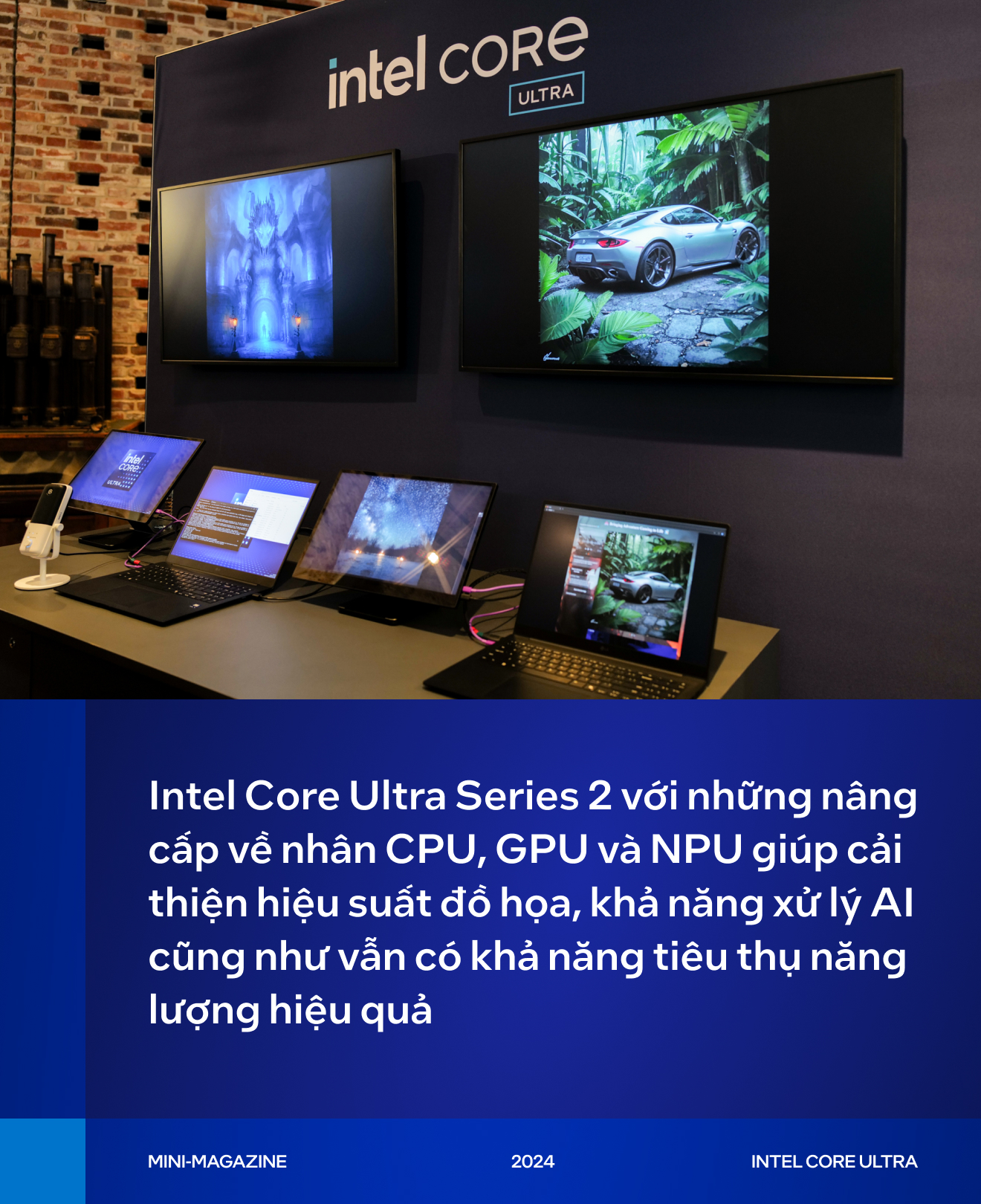
This cutting-edge chip has been featured in devices like the ASUS Zenbook S 14 (UX5406), a sleek and lightweight laptop that packs a punch with the powerful Core Ultra 7 258V processor.
According to technology experts, the ASUS Zenbook S 14, powered by the Intel Core Ultra Series 2, delivers an impressive battery life of up to 20 hours, outperforming its predecessors. Benchmark results indicate that this processor can go head-to-head with higher-performance multi-core competitors while maintaining a significantly lower power consumption (TDP of just 17W). This showcases the exceptional optimization between performance and energy efficiency, making it ideal for mobile laptops that require extended battery life without compromising on performance.
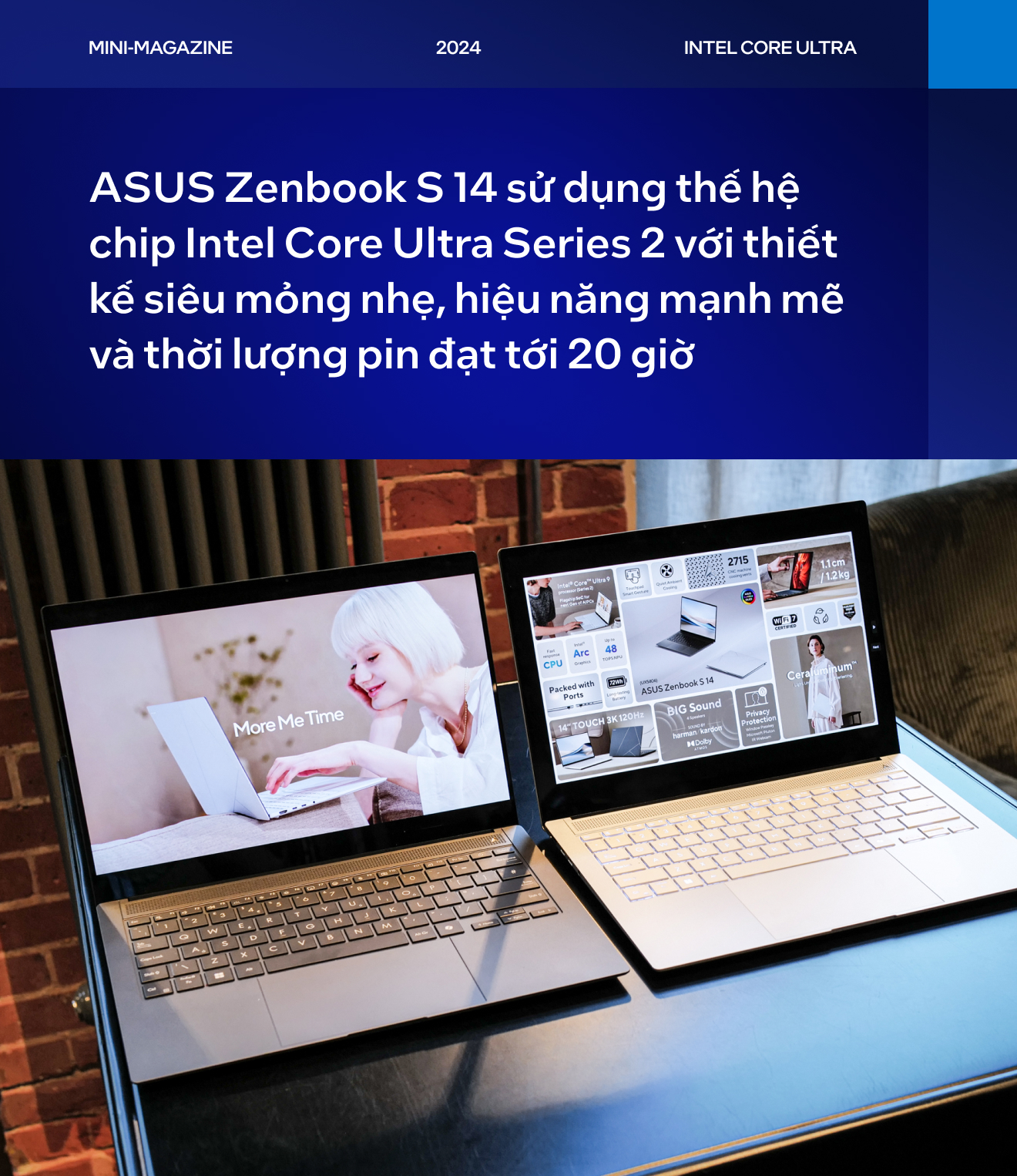
With these advancements, the Core Ultra Series 2 has proven that Intel can offer a premium experience, not just in processing power but also in battery life and thermal management.
Another undeniable strength of Intel is its software compatibility. The x86 processors have consistently maintained high compatibility with popular software and operating systems, providing tremendous convenience to users. While emulation solutions for ARM have improved, the allure of an x86 processor that delivers superior performance and battery life remains strong.
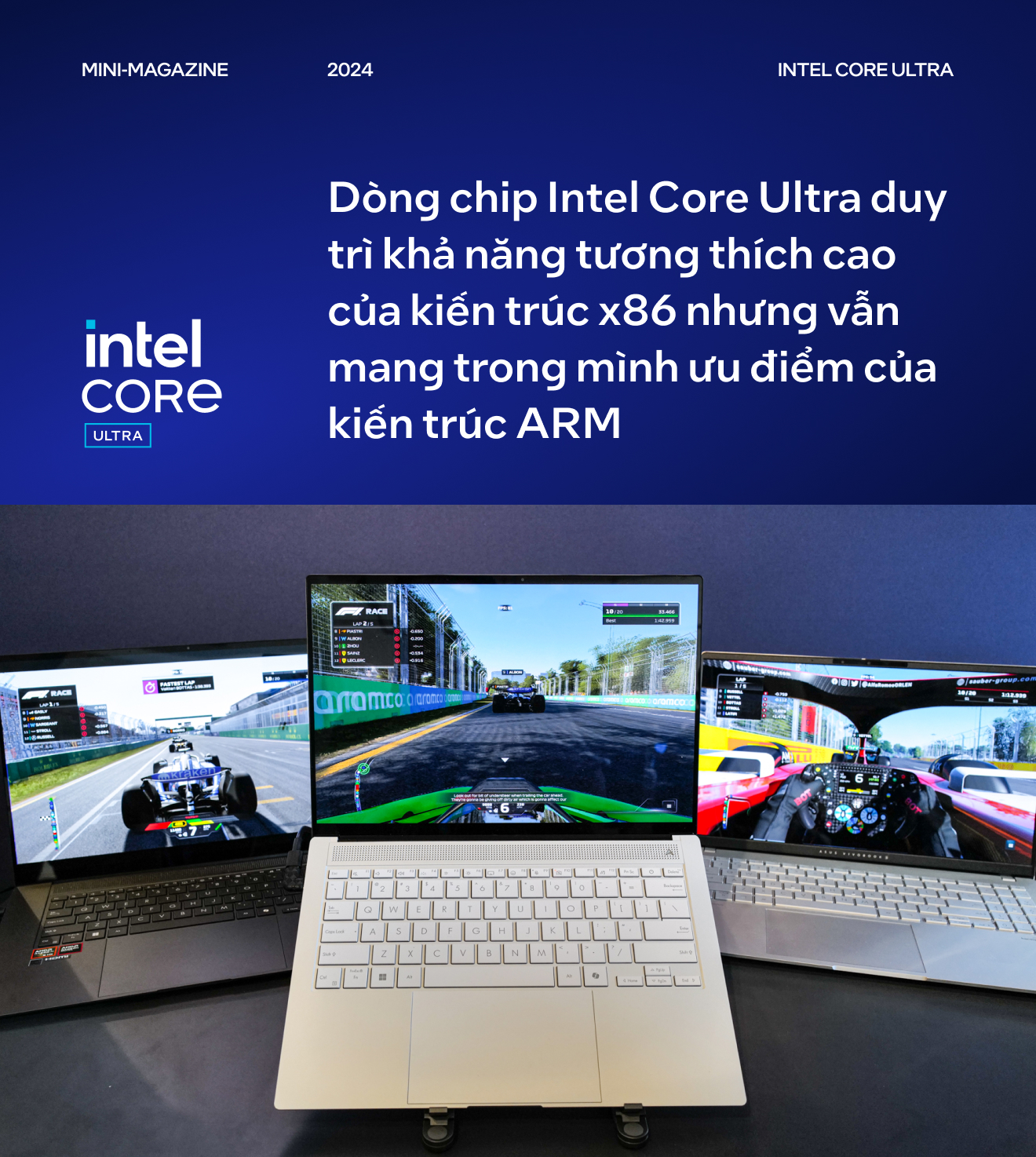
Furthermore, the AI optimization capabilities of the Intel Core Ultra Series 2 empower users to leverage the latest technological advancements. Beyond enhancing AI task performance, Intel has collaborated with over 100 software developers to offer more than 300 AI experiences, spanning applications for learning, work, and creativity.

Intel’s journey from traditional x86 processors to the Core Ultra and Core Ultra Series 2 is a testament to its unwavering commitment to innovation. The company has successfully shattered the preconceived notions about the power efficiency of x86 architecture compared to its ARM-based competitors.
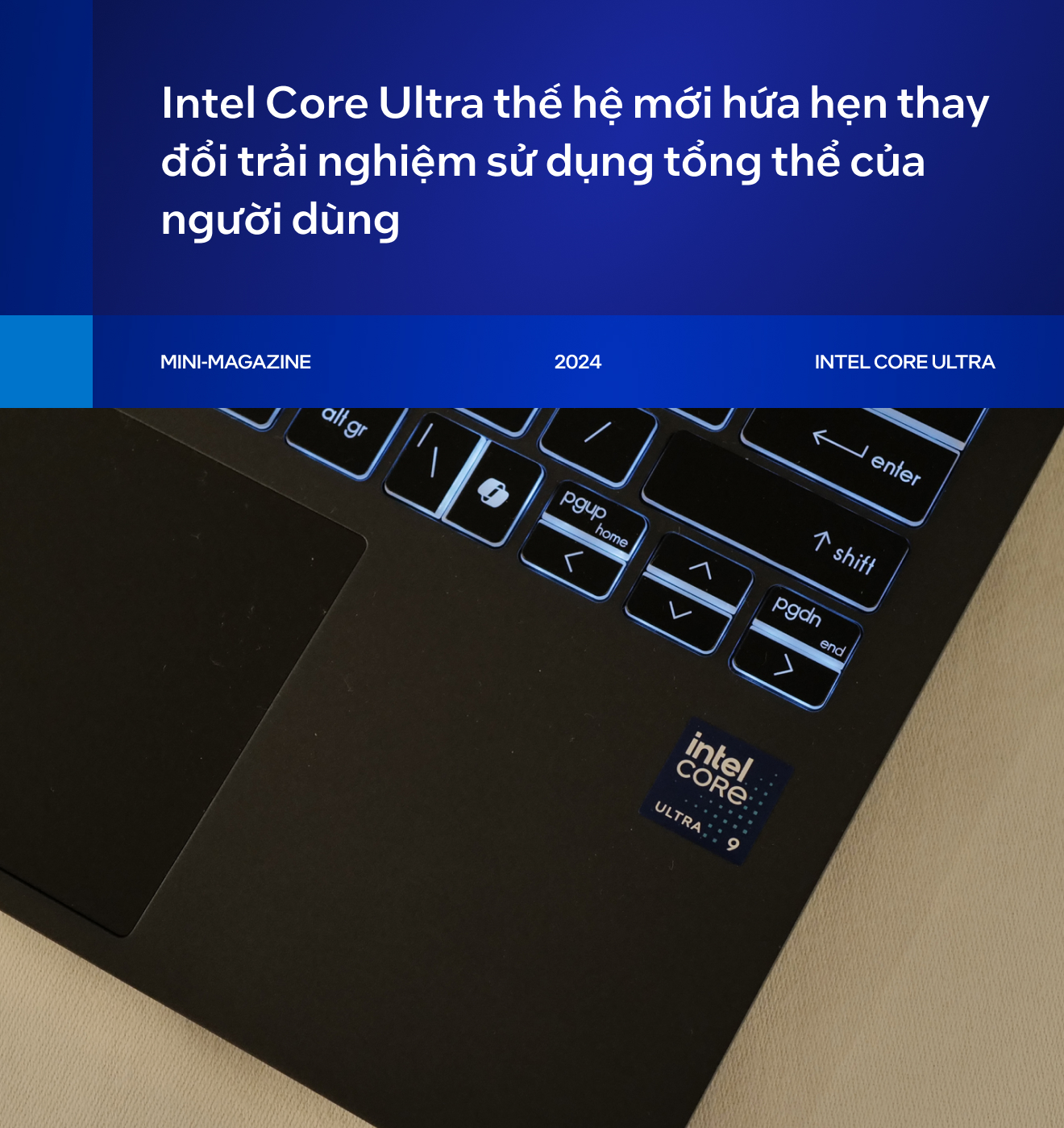
Devices like the ASUS Zenbook S 14, equipped with the Core Ultra Series 2, demonstrate that Intel can deliver a powerful laptop experience with extended battery life and efficient thermal management, meeting the evolving needs of modern users. This optimization caters perfectly to a diverse range of users, including students, creatives, and professionals.
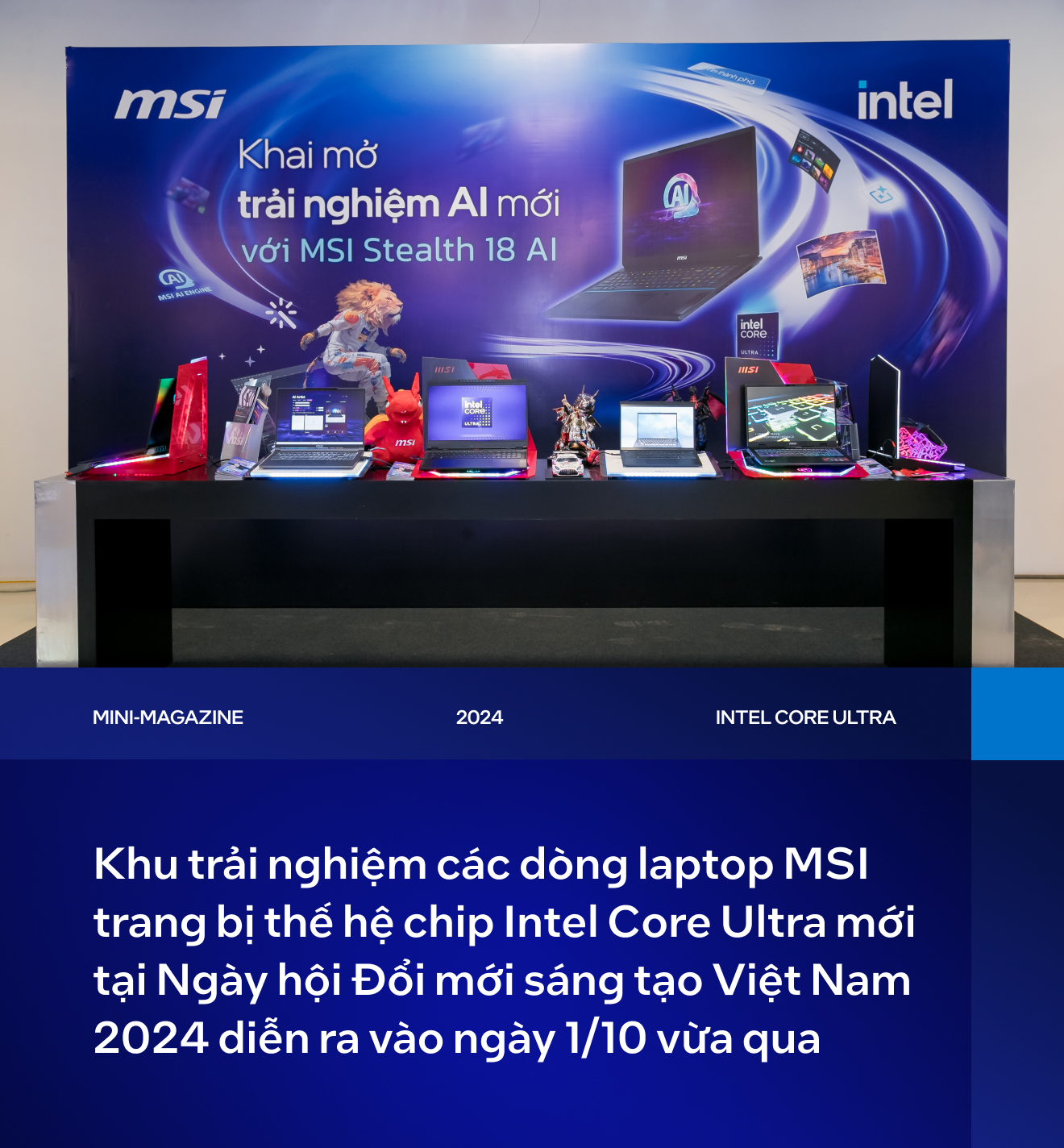
Recently, at the Better Choice Awards 2024 Gala, the MSI Stealth 18 AI Studio laptop, featuring the Intel Core Ultra chip, emerged as the top scorer in the “Creative Technology Device for Work” category. This recognition underscores the pivotal role of Intel’s processors and highlights the tangible benefits that the chip giant’s innovations bring to end-users.
The Intel Processor Revolution: Unlocking Unparalleled Power, Endurance, and Efficiency
Intel has revolutionized the x86 processor with its new Core Ultra series, delivering unprecedented performance, energy efficiency, and compatibility.















